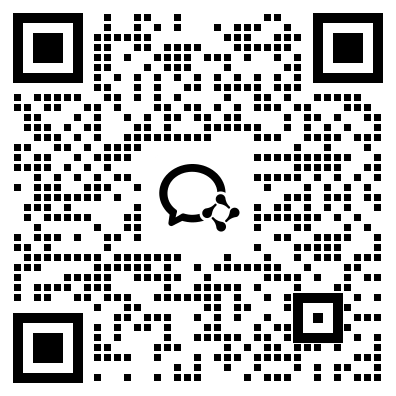Exploring the Power of Go for PDF Manipulation
PDF files are widely used for document sharing and storage. From software manuals to legal documents, PDF files can be found almost everywhere. However, manipulating PDF files programmatically can be challenging, especially if you use languages like Java or C++. But with the advent of Golang, PDF manipulation has become much easier. In this article, we will explore the power of Go for working with PDF files.
Why Go for PDF Manipulation?
Golang has many features that make it a great choice for PDF manipulation. Some of these features are:
1. Performance: Golang is a compiled language, which means that the code is translated to machine code and executed directly by the computer's CPU. This results in faster execution times compared to interpreted languages like Python or Ruby.
2. Concurrency: Go's concurrency model allows for easy parallelization of tasks. This is especially useful when processing large PDF files, as it can speed up the process significantly.
3. Type safety: Go is a statically typed language, which means that the type of a variable is known at compile time. This helps catch errors early on and makes the code more robust.
4. Ease of use: Go has a simple syntax and a small standard library, which makes it easy to learn and use.
Working with PDF Files in Go
There are many libraries available for working with PDF files in Go. Some popular ones are:
1. Gopdf: Gopdf is a library for creating and manipulating PDF files. It provides a simple API for creating text, images, and shapes in a PDF document.
2. Gofpdf: Gofpdf is another library for creating PDF files in Go. It supports many features like adding images, annotations, watermarks, and encryption to PDF files.
3. Unidoc: Unidoc is a commercial library that provides a comprehensive PDF processing API. It can extract text, images, and metadata from PDF files, as well as create, modify, and merge PDF files.
These libraries provide a range of features for working with PDF files in Go. Depending on your requirements, you can choose the library that suits your needs.
Examples of PDF Manipulation in Go
Let's look at some examples of PDF manipulation in Go using the Gofpdf library.
1. Creating a PDF file: To create a PDF file using Gofpdf, you need to create a new PDF document and add content to it. Here is a simple example:
```
pdf := gofpdf.New("P", "mm", "A4", "")
pdf.AddPage()
pdf.SetFont("Arial", "B", 16)
pdf.Cell(40, 10, "Hello, world!")
err := pdf.OutputFileAndClose("hello.pdf")
if err != nil {
fmt.Println(err)
}
```
This code creates a new PDF document with one page and adds the text "Hello, world!" to it. Finally, it saves the PDF file to disk.
2. Adding images to a PDF file: To add an image to a PDF file using Gofpdf, you need to load the image file and add it to the PDF document. Here is an example:
```
pdf := gofpdf.New("P", "mm", "A4", "")
pdf.AddPage()
img := "image.png"
pdf.Image(img, 10, 10, 50, 0, false, "", 0, "")
err := pdf.OutputFileAndClose("image.pdf")
if err != nil {
fmt.Println(err)
}
```
This code loads an image file called "image.png" and adds it to the PDF document. Finally, it saves the PDF file to disk.
Conclusion
Golang provides a powerful and easy-to-use platform for working with PDF files. Its performance, concurrency, and type safety make it a great choice for PDF manipulation. Whether you are creating PDF files from scratch or modifying existing ones, Golang has the tools you need. So the next time you need to work with PDF files, consider using Go.
微信扫一扫,领取最新备考资料
